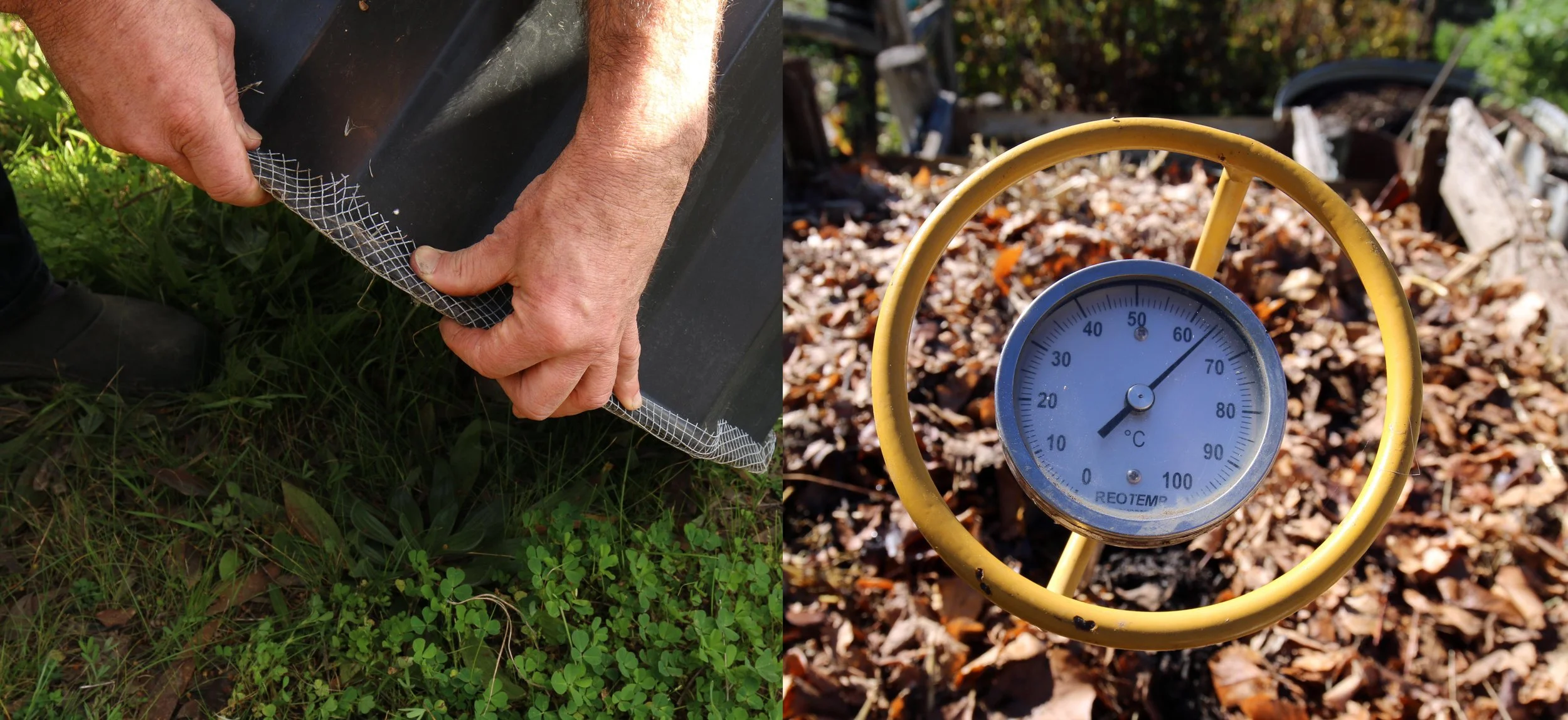Meat and dairy….in or out?
I’m sure you have come across the claim that you can’t or shouldn’t compost meat scraps and dairy products. Given how often it is repeated, it must be true…. mustn’t it?
Perhaps it is time to channel our inner ‘toddler’ and ask “why?”. If we can understand the reasons ‘not to compost meat and dairy’, we will be better placed to know if we can do it and how we might do it well.
Fear of attracting rats and mice to our gardens, feeding and breeding them, is usually the reason given for excluding meat and dairy. It is based on the assumption that people are composting pretty poorly in their backyards and don’t have the skills to manage a compost that might stop rodents raiding their compost for food.
Now this fear is not unfounded.
If we are one of those people still doing a ‘dump and run’ style cool (and smelly) compost in an unprotected bin or pile, we are who the advice is targeted at…
And it is probably time to give our compost a lot more attention, or alternatively to send our food scraps to someone who is composting well.
If, on the other hand we are cool composting in a contained, rodent-proof vessel (that might include a tumbler, lidded worm farm or Gedye-style bin with rodent mesh folded over the bottom lip) then rodents should not be able to get to our high-value food scraps. Alternatively, we might be hot composting, (not easy to do in a contained vessel), where the higher temperatures (55 degrees and above) stop the rodents getting to the tasty treats, and process them to unrecognisable in a few short days.
In either case (cool or hot) we want to chop or break up the meat or dairy into small pieces and distribute them though the most active part of our pile with a good dose of carbon-rich material to balance their high nitrogen content.
The other concern with meat and dairy in compost is probably based on their fat/oil content. Dumping a big pot of ‘off’ cream on top of our compost is not good practice, it will make an airless layer in our pile and slow things down. But, diluted and mixed in with other balancing ingredients (like a bit of sawdust or shredded paper) and it will become rich microbe food and might even get our compost more active.
An alternative (but connected) option for dealing with high-value food wastes like meat and dairy, is to feed them to animals (dogs, pigs and chooks are good examples). I can’t tell you what is safe to feed to your animals (you’ll need to do your own research or get specific advice), but I know my chooks process and love most of these kinds of ‘wastes’ from our house, saving us buying in feed and converting the energy and nutrient in these resources into other useful things. If you don’t have animals that can make a meal of these things, someone in your street or neighbourhood probably does.
Lastly, we need to consider what the alternative to composting (or feeding to animals) is. If we throw waste meat and dairy in the general waste bin, they end up buried in landfill, putrefying in a low oxygen environment and producing large amounts of methane and nitrous oxide. We not only lose the value of these nutrients from our communities; we create a terrible problem at the other end.
AUTHOR: JOEL MEADOWS
Joel Meadows works with Yes In My Back Yard, (YIMBY), a community-scale composting initiative in Castlemaine and surrounds. Send questions or comments to hello@yimbycompost.com or to book in for a compost workshop.
This was first published in the Midland Express on 12 June 2024

